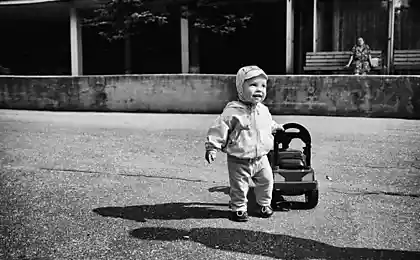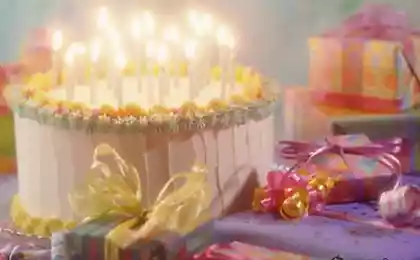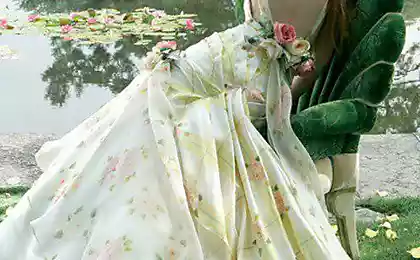518
The mystery of the birth of silk.
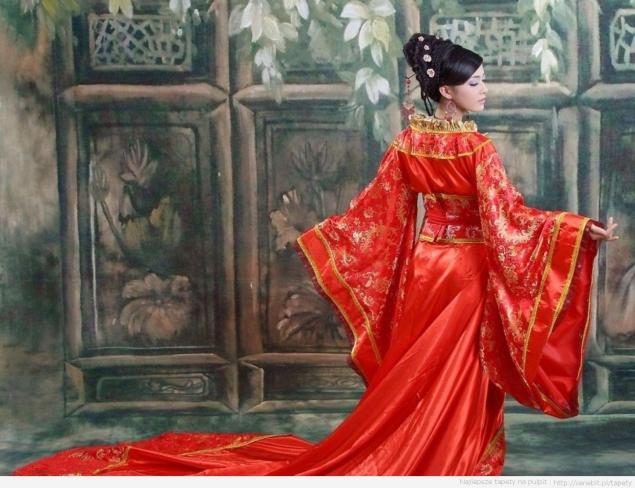
This tiny creature has an amazing talent. At one time he was appreciated in the same way as diamonds or gold, broke out the revolution and unite the entire continent in the name of him. And all because of the world's best fiber. This is an incredible story of a tiny, but having a great importance, the silkworm.
The durable, thin and durable. Throughout human history, silk has always been a precious commodity. History of silk started 5000 years ago in ancient China.
According to legend, the wife of the Yellow Emperor in the garden drinking tea when suddenly something fell from the branches of the mulberry tree. When a mysterious object was removed from the cup, it turned out that he woven from fine and pleasant to the touch thread.
So discover the secret of silk, and the elongated object was actually a cocoon of a silkworm.
Shortly after opening, the production of silk spread all over China, until it became one of the key elements of the economy. Preserved tissue samples, which have 2-3 thousand years.
Silkworm - 7-centimeter track. Creating a cocoon begins with frame construction, on which the whole structure rests.
Caterpillar makes rapid, uniform motion of the head and thread stacks in the form of "eight".
She can repeat these movements up to 230 000 times, and the silky length reaches 1000 meters. After 2-3 days ready cocoon and silk house miracle starts to happen. The caterpillar is in the cocoon for about 3 weeks and it turns into a butterfly.
It all starts with tiny eggs are so small that even the weight of 2000 pieces does not exceed 1 gram of. Their caterpillars hatch them no larger than a pinhead. Over the next 3 days they will increase the weight of 10 000 times. They feed on the leaves of white schelkovitsy.
For the production of the finest silk, they should not eat anything else. In the manufacture of 1 silk dress takes about 2000 cocoons, which means that the caterpillars need to eat more than 70 kg of leaves - almost 2 mulberry tree.
Cocoons need to have time to collect before will be a butterfly. If they overdo, then progryzet butterfly cocoon and silk hurt. Cocoons immersed in boiling water to kill the larvae and dissolve the protective layer.
Thereafter, the strands are woven together, and they are ready for the production of expensive and valuable material - silk. But not all are cocoons in boiling water, because we need new butterflies which postpone tiny eggs, which will be thousands of new tracks ... The circle closes.
Modern Butterflies are blind and can not fly, it is the result of thousands of years of selective breeding. Each butterfly lives only a few days, and it is important to quickly find a partner. A few days after mating, the female lays eggs on the leaves of the mulberry tree.
What makes silk special? The thread is thinner than a human hair 8 times, it is very strong, in fact intended to protect the caterpillars from hungry insects, and absolutely water-repellent. Because of this, the fabric is soft and pleasant to the touch, but at the same time strong and durable.
In 200 BC Xi'an was the starting point of the legendary trade route through which this valuable material is delivered to other countries. There was the Great Silk Road, he ran to the west and lasted almost 6 500 km.
All along the way there were large and small cities. Trade in silk has become an important stage in the development of human civilization. The final destination was the city of Byzantium, today known as Istanbul. It has become a gateway to Europe and the Roman Empire.
At the time, the high price of silk held because China jealously guarded its secret production of this material. But in 550 BC, the Byzantine emperor ordered the two monks to go to China and bring silkworm eggs, as well as the seeds of the mulberry tree. When stored properly, eggs and seeds could be preserved for 2 years, which were required for the return.
Thus came to an end the Chinese monopoly on silk production. Over the next 1000 years, the production of silk was an important part of the Arab and European economies.
It's been 5,000 years, and unique fabric is still in great demand. Today silk industry is also an important component of many economies and the huge factories on a daily basis from the cocoons are unwound million meters of silk.
So string some tiny caterpillars to change the world, and mulberry caterpillars have played a role in many historical events.
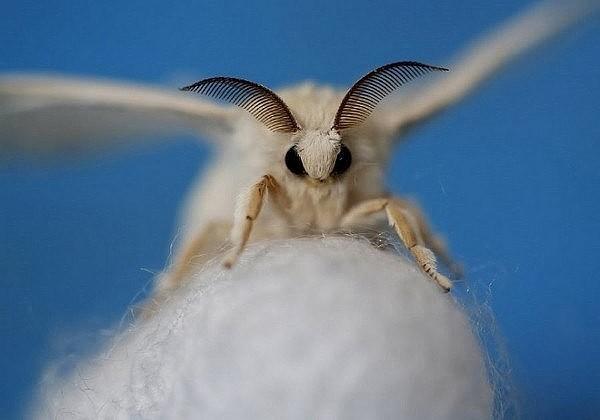
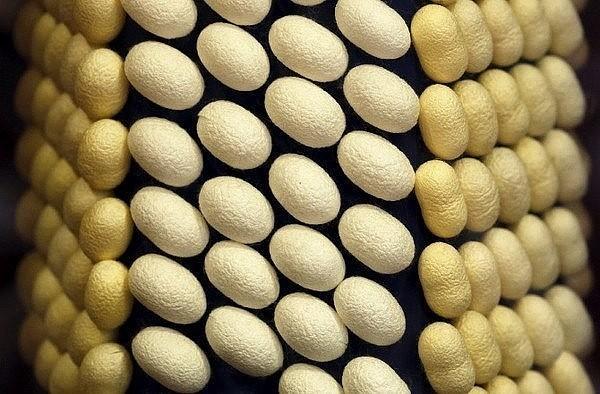
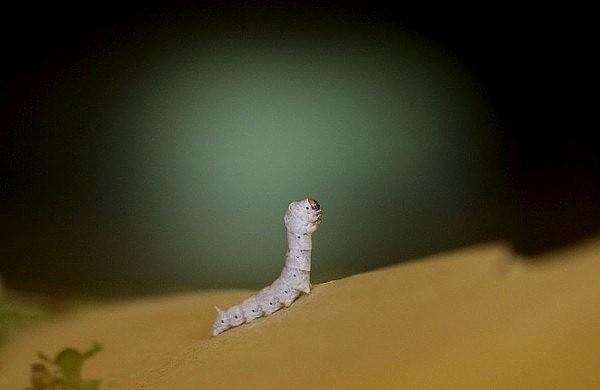
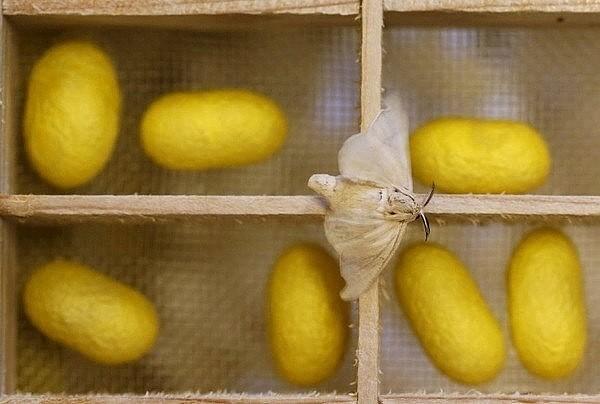
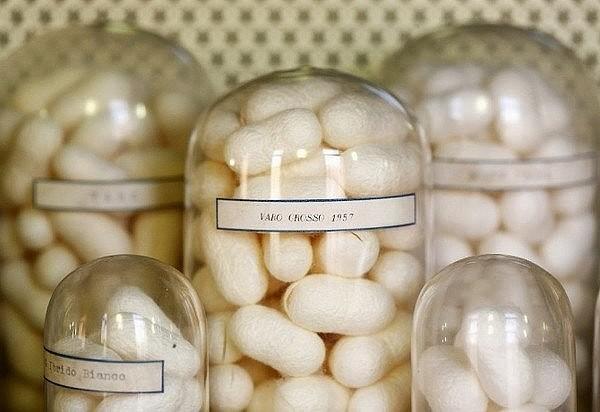
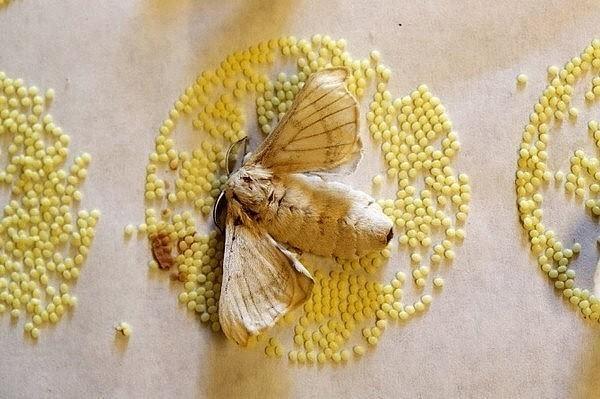
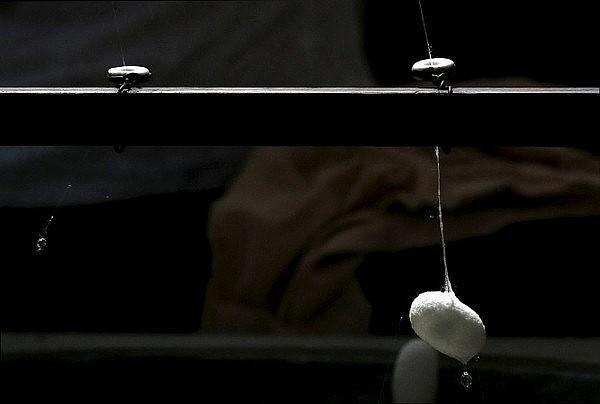
Outside the Law: "The Most Beautiful criminals" to conquer the Internet
The story of the great diamond scam. Or. All brilliant - easy.

